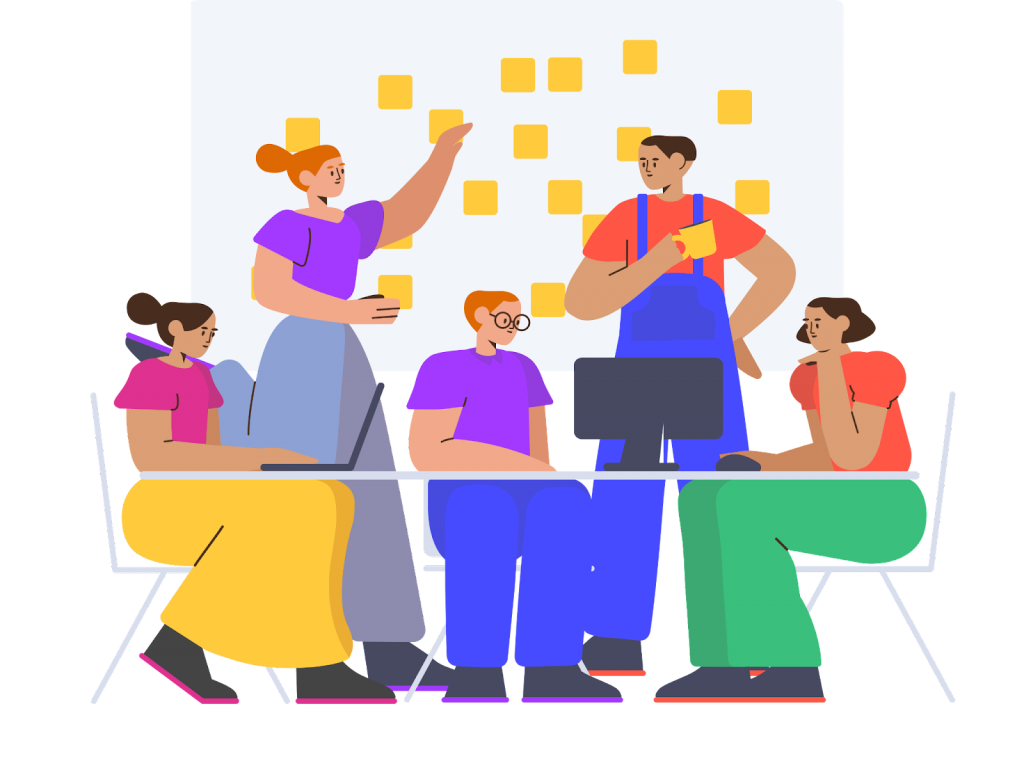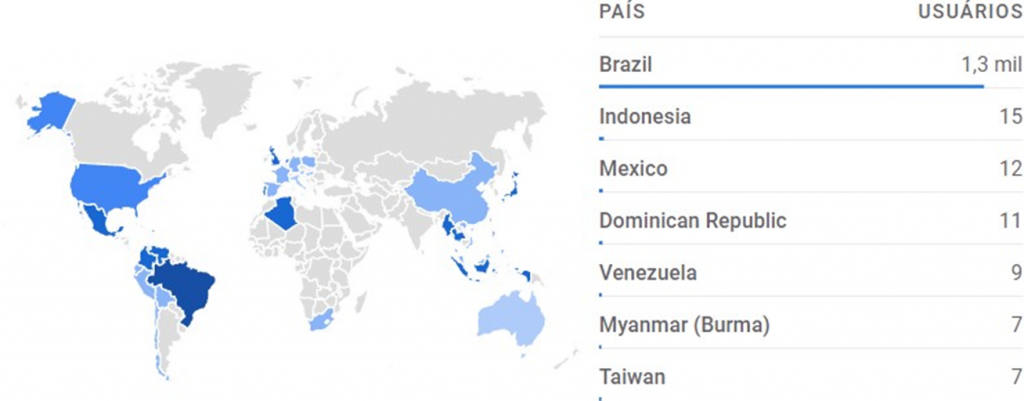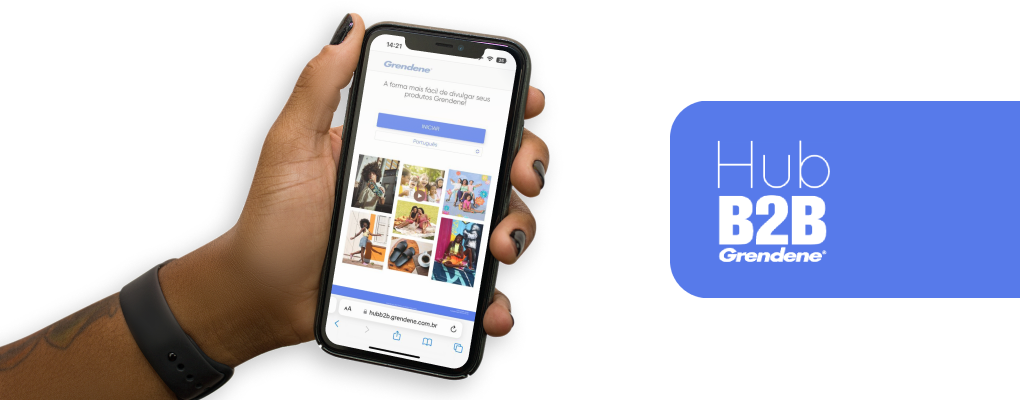Role: Project Lead, Product Designer, UX/UI, Research
Current Scenario
The footwear sector in Brazil had a significant growth in 2020, with the production of 764 million pairs, of which 93 million were exported. For 2021, there is a forecast of a 12% growth in production and 13% in exports.
Grendene, the leading company in the footwear market, which owns renowned brands such as Rider, Ipanema, and Melissa, has a consolidated presence in over 65,000 points of sale in Brazil and over 45,000 points outside the country. Its main competitors are large brands such as Beira Rio, Havaianas, and Arezzo. The company operates in the form of national representations and as distributors internationally.
Considering the growth scenario of the footwear sector and Grendene’s prominent position, the following question comes up:
Objective
How to expand sales without incurring additional costs?
To achieve this, I conducted a thorough analysis of the customer base, which comprises over 12,000 companies. I found that around 10,000 customers are small-scale, with an annual revenue limit of up to BRL 600,000.
From this evaluation, pertinent questions emerged, such as:
- How to increase the revenue of these customers?
- What are the needs of these companies to boost their sales?
- What are the gaps that need to be filled?
- How can the company contribute to the growth of these customers’ businesses?
How
To develop this project, I needed to understand the business, the target audience, and the objectives of each customer. I began by selecting representatives from regions of Brazil to conduct a qualitative survey with 45 nominated customers.
The goal was to answer the question: “How to sell more without increasing the company’s costs?” So I developed a questionnaire with relevant questions, such as:
- The number of employees in the company;
- The business model;
- How they sold;
- If they had other products for sale;
With the answers, I realized that 82% of the customers were not active on social media. I conducted additional interviews to understand the reasons behind this:
- Many thought it was expensive to hire an agency or a person to develop material;
- They had difficulties creating materials;
- They didn’t have time to dedicate to it.
From this, I reformulated the guiding question for this project: “How can I, as a company, help my customers sell more and consequently increase my revenue?”
Ideation
To answer this question, I assembled a multidisciplinary team to conduct a workshop, composed of people from:
- Business
- Marketing
- Sales
- IT

I used some moderation techniques from Lean Start-up and brainstorming to ensure that ideas flowed without rules or judgments, and for registration, I used the possibilities wall methodology.

After 10 minutes, we organized the ideas by similarity and created three groups. I used the impact x effort matrix technique drawn on the whiteboard to evaluate each idea and define which path to follow. With the team assembled, we detailed and framed each idea, highlighting the most promising one.
Based on this idea, we moved on to creating the flow of the product, always thinking about the best user interaction with the platform.
The participation of a multidisciplinary team was fundamental in all stages of the process, allowing for a broader business vision and positive contributions at each phase of the project.
Workflow
In the workflow process, we first explore the possibilities, tools, and benefits of the project. We design the flow of the tool and define an MVP with the necessary functionalities:
- Brand choice;
- Product;
- Color;
- Posting style (feed or story);
- Option to include a logo;
- Download.
With the flow defined, we aligned the next steps and started the process of low-fidelity prototyping, which was validated and refined, resulting in high-fidelity prototyping. We conducted usability tests and made necessary adjustments before moving on to the final development of the user interface, so ensuring a satisfactory and efficient user experience.
Prototyping and Usability Testing
To ensure the quality of the user experience, the development process of this platform involved prototyping at different levels of fidelity, from low-fidelity wireframes to high-fidelity prototypes. The goal was to validate the product flow and ensure that users could easily navigate the platform and achieve their goals.
To test the usability of the tool, seven clients willing to contribute insights to the project were selected. During the online test with screen sharing, users suggested improvements such as:
- Inclusion of a video tutorial;
- Possibility to navigate between process steps;
- Four users recommended creating a library with materials developed by the brands themselves, ready for download;
- All users questioned the availability of a mobile version.
Based on the obtained feedback, necessary adjustments were made to deliver an easy and intuitive tool for users that met their expectations and needs. The final result was a high-quality platform that added value to the involved clients’ business.
Results
https://hubb2b.grendene.com.br/
Monitoring the access metrics, I found that developing a responsive version allowed testing the platform’s interaction on different devices, making it possible to conclude that the vast majority of users preferred access via mobile devices. With this data in mind, the next step was to develop an application, improving the user experience through additional tools and facilities.
However, a surprising fact occurred during the analysis of the results: I noticed that other countries, besides Brazil, were also using the platform. Therefore, we included in the list of updates the possibility of selecting other group brands and the option to choose the language used.

